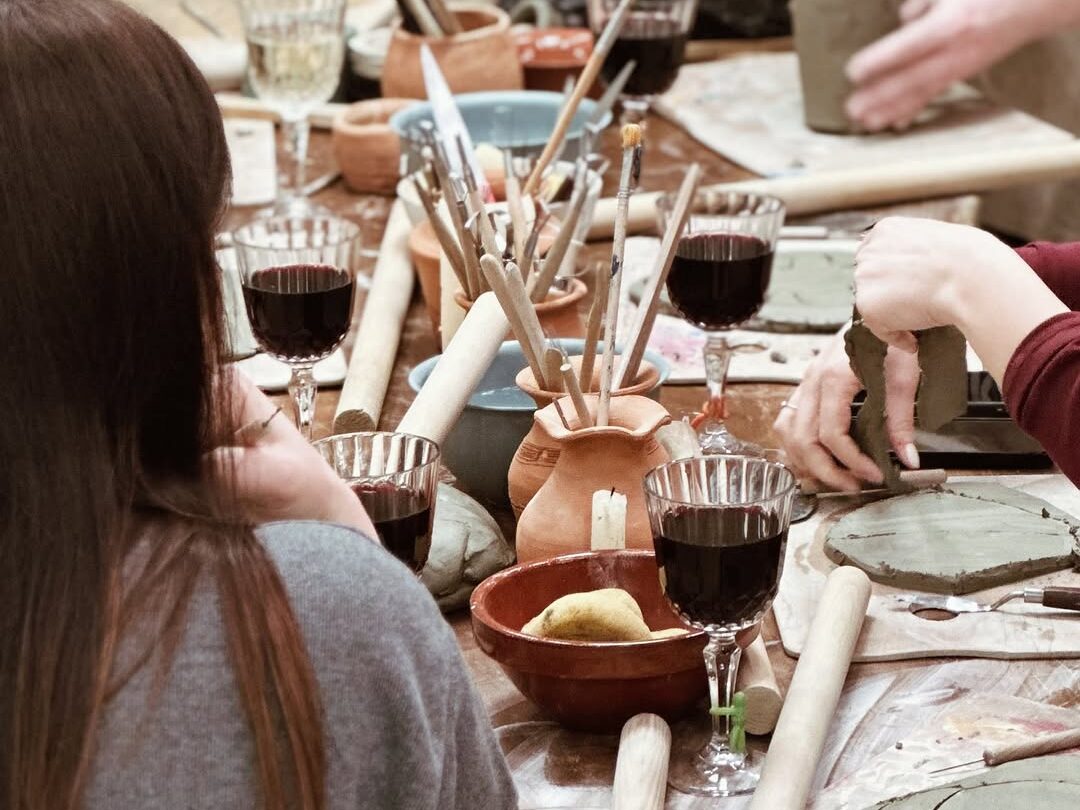With a history spanning more than 2,600 years, Durres is one of the oldest cities in the Mediterranean, and its rich cultural heritage is finally regaining the attention it deserves. Visitors no longer come just for the sand and sea they come to see the largest Roman amphitheater in the Balkans, to explore the remains of ancient baths, and to walk along walls that have withstood centuries of rule. With new investments, professional guides, and ongoing restoration projects, Durrës is transforming into a true center of cultural tourism in Albania.
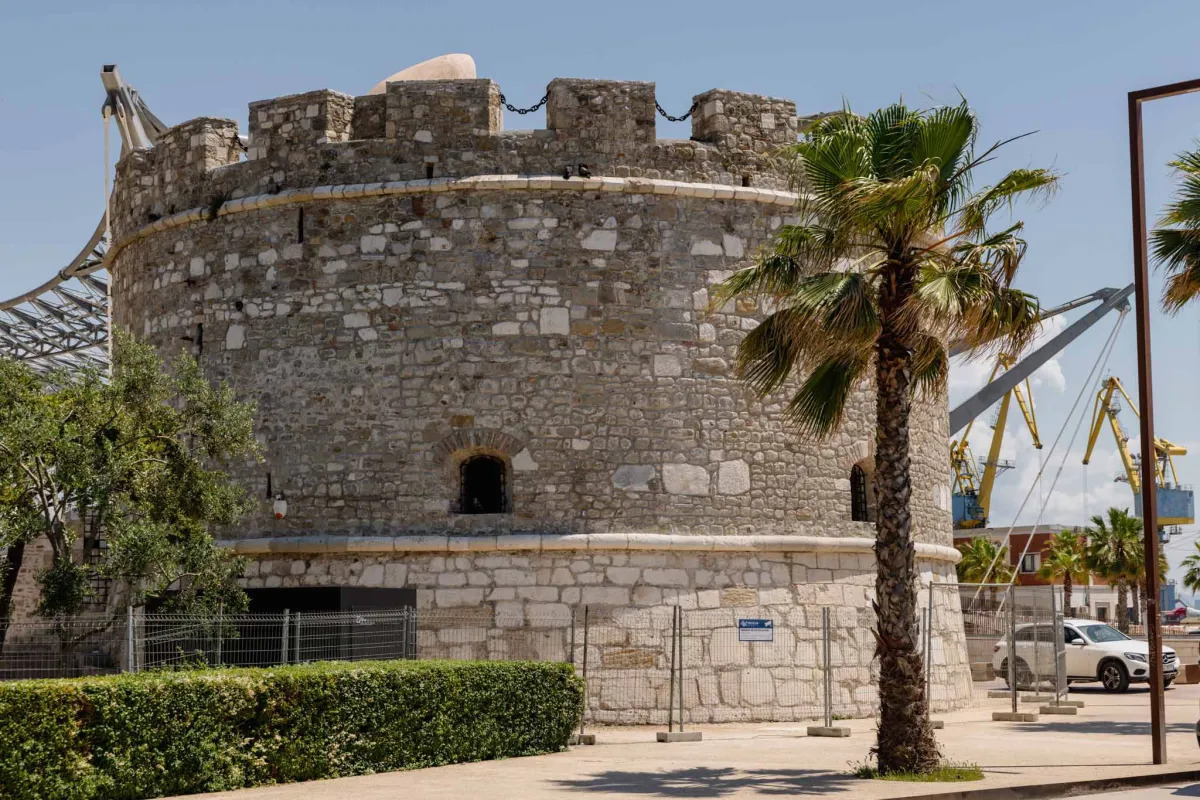
The Amphitheatre of Durres – The icon of the ancient city
If there is one monument that best represents the ancient glory of Durrës, it is undoubtedly the Roman Amphitheatre. Built in the early 2nd century AD during the reign of Emperor Trajan, this elliptical arena is the largest in Albania and one of the biggest in the Balkans. With a capacity of over 15,000 spectators and stone seating rising more than 20 meters high, it once hosted grand gladiator games and public ceremonies.
Today, after decades of excavations, restorations, and conservation efforts, the Amphitheatre of Durrës has become a symbol of the city and a major attraction for thousands of tourists each year. In 2024 alone, more than 30,000 visitors explored this monument, a 30% increase compared to the previous year. Inside, the surprises continue: a hidden Byzantine chapel adorned with rare mosaics adds even more uniqueness to the experience.
The Integrated Archaeological Management Plan and an international project led by the architecture studio Stefano Boeri Architetti aim to make this site the centerpiece of a new cultural trail linking Durrës’s main monuments with the city’s port and promenade. It’s no wonder that the Minister of Culture has called the Amphitheatre “the symbol of the city’s ancient glory that must be brought back into every visitor’s attention.”
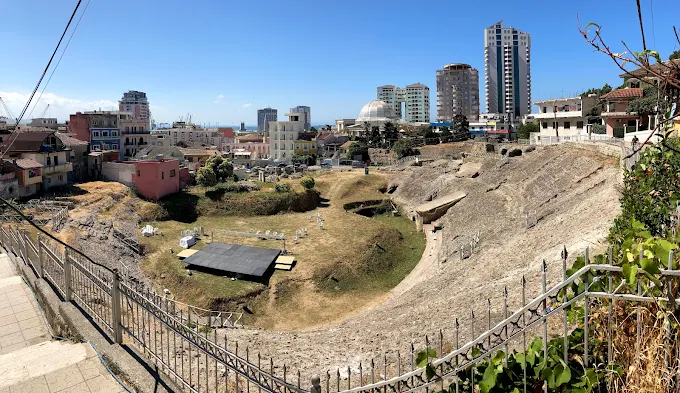
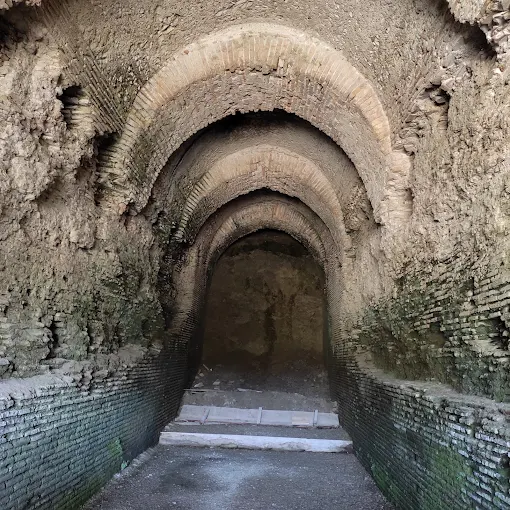
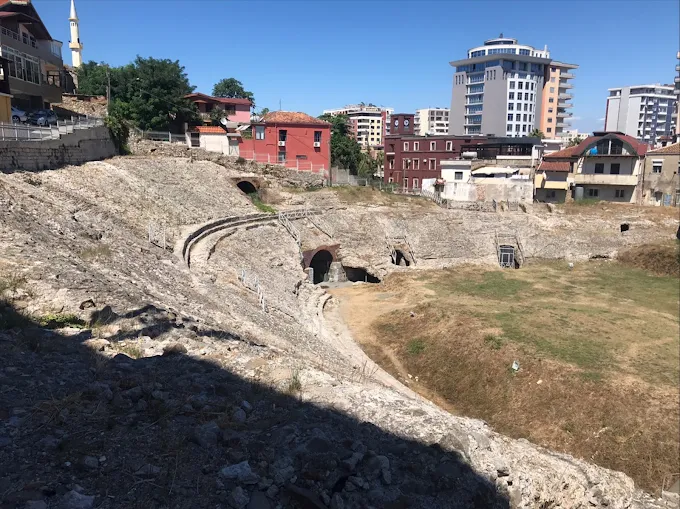
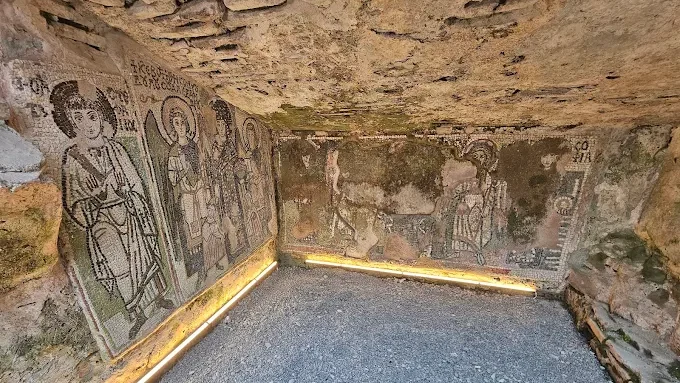
The Roman Baths – A window into daily life in ancient Rome
Just a few steps from the central square of Durrës, beneath the Palace of Culture, lies one of the city’s most unique archaeological treasures: The Roman Baths. Discovered in 1960 and dating back to the 1st century AD, these public baths are a vivid testament to urban life during the Roman era. With features such as the tepidarium (warm room), frigidarium (cold room), and mosaics with geometric motifs, the site offers a unique experience for any visitor passionate about antiquity.
After decades of being closed to the public, the Roman Baths were restored and reopened in 2015, thanks to an international collaboration involving Albanian institutions, French universities, and the Municipality of Durres. Today, the site is free to access, and visitors can explore the hypocaust heating system and architectural details that speak to the advanced infrastructure of the ancient city.
For travelers seeking more than monumental ruins those who are curious about the everyday life of the past the Roman Baths are a stop not to be missed.
The Byzantine Forum – A square awaiting revival
Hidden among modern buildings in the center of Durres, the Byzantine Forum also known as the Rotonda is one of the city’s most intriguing monuments. Built in the 6th century during the reigns of Emperors Anastasius and Justinian, this circular square with marble colonnades and a central podium once served as the public heart of the Byzantine city. A gathering place for trade, meetings, and ceremonies, it still bears visible traces of a dazzling era, even though it is not easily accessible today.
Unlike other monuments, the Forum is currently closed to visitors due to challenges with the surrounding terrain and urban infrastructure. However, plans are underway to integrate it into the city’s network of tourist landmarks. The Durres Archaeological Park project designed by renowned international studios such as Stefano Boeri Architetti and SON Architects aims to restore the Forum and present it as an accessible, well-interpreted site for the public.
Once these interventions are completed, the Byzantine Forum has the potential to become one of Durres’s key cultural tourism attractions a symbolic bridge between antiquity and the Middle Ages that reflects the city’s enduring historical continuity.
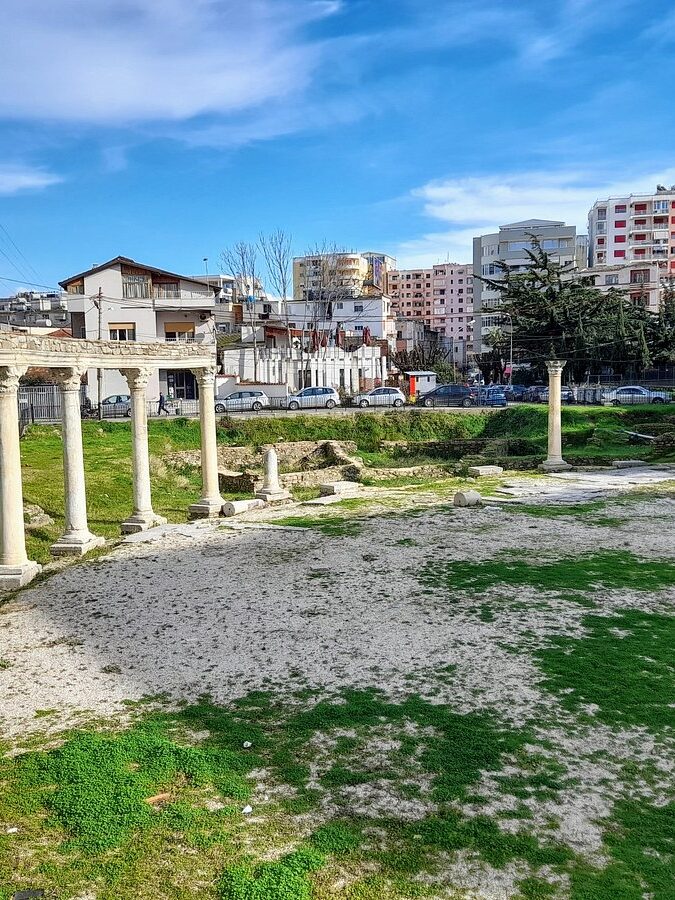
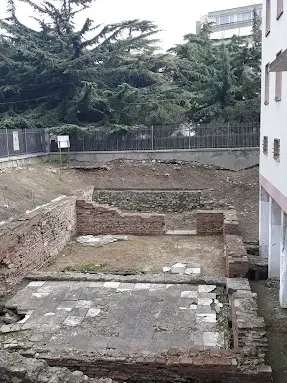
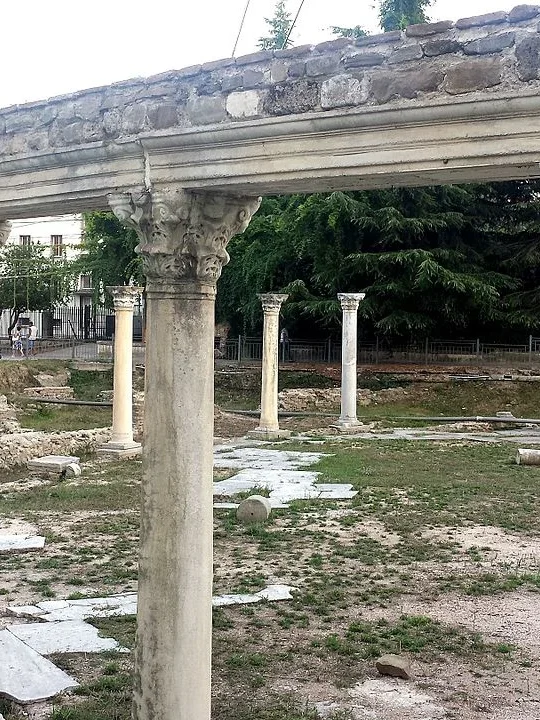
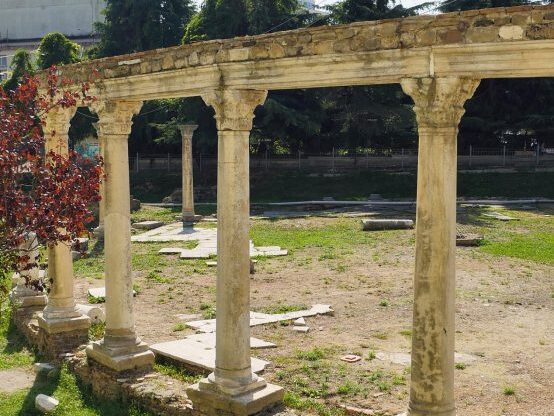
The Fortress of Durres and the Venetian Tower
As you walk through the old streets of Durrës, your eyes will inevitably be drawn to the monumental walls that surround the city’s historic center—what remains of the majestic Fortress of Durrës. Built and rebuilt over the centuries by Byzantine emperors, Venetian rulers, and later the Ottomans, this defensive structure is a mosaic of the city’s political and military history.
The massive brick and stone walls once reached up to 18 meters in height and encircled the entire ancient city. Today, preserved sections such as those near the Archaeological Museum and the Wall of the Former Military Depot—are accessible to the public and offer a unique opportunity to walk through history.
At the entrance to the old city, another distinctive monument from the 15th century catches the eye: the Venetian Tower, a circular defensive tower, built by the Venetians atop Byzantine foundations. With a diameter of 16 meters and an impressive appearance, it now serves as a visual landmark and a popular photo spot for tourists. Restoration efforts and plans to reopen the tower to visitors are part of the city’s broader cultural heritage management strategy.
These defensive structures are more than just ancient stones they are enduring evidence of a city that has withstood earthquakes, invasions, and countless transformations, yet has never lost its identity.
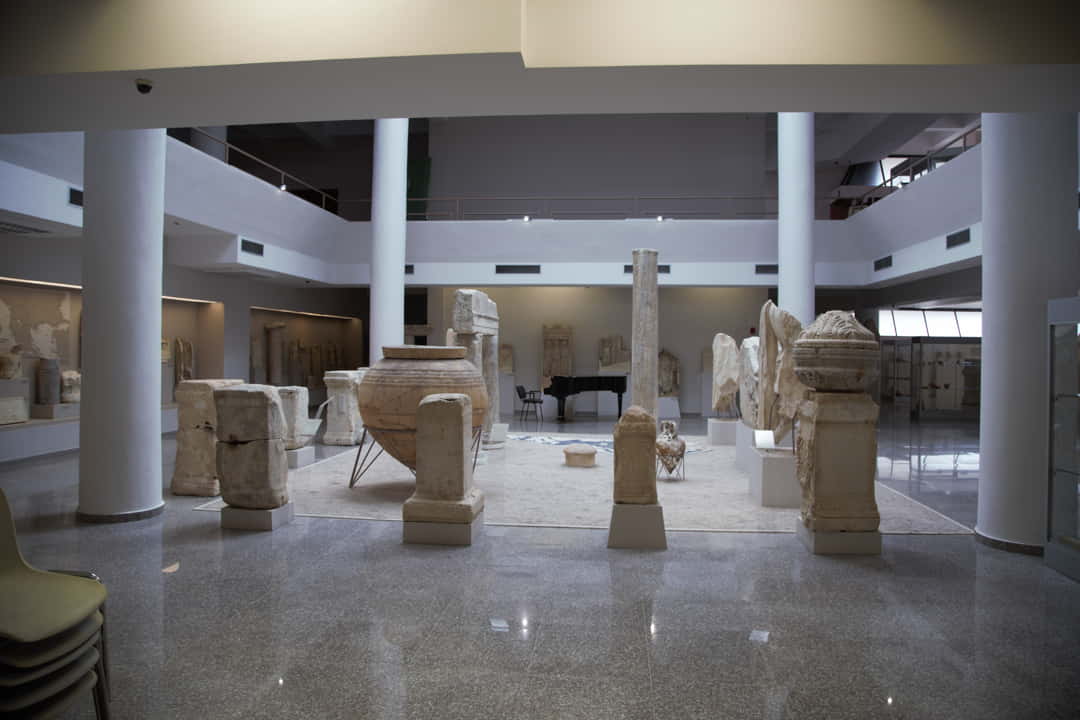

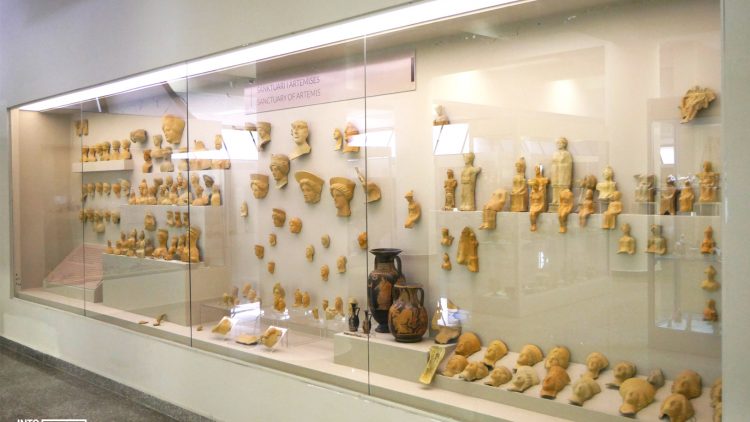

Challenges and Future Plans
As interest in Durrës’s historical sites continues to grow, managing them remains a complex challenge. The city faces longstanding issues such as a lack of protective infrastructure, unauthorized urban development, and the need for ongoing maintenance. However, in recent years, institutional commitment has become more visible.
The Integrated Archaeological Management Plan, a collaboration between the Ministry of Culture and the Albanian-American Development Foundation (AADF), represents a major step forward. This project aims not only to physically restore the monuments but also to integrate them into urban life and contribute to the city’s economic development. Planned interventions include the creation of cultural pathways connecting major sites like the Amphitheatre, the Roman Baths, and the Byzantine Forum, as well as improvements to signage and visitor information.
Moreover, projects led by renowned architects such as Stefano Boeri Architetti will bring a fresh, contemporary approach to preserving and interpreting heritage, turning Durrës into an open-air museum where history seamlessly blends with the modern visitor experience.
Heritage that inspires – Share the Historic Treasures of Durres
The growing number of visitors to Durrës’s historical sites is no coincidence it reflects a cultural awakening and renewed interest in the city’s remarkable heritage. From the timeless Amphitheatre to the Roman Baths that narrate everyday life in antiquity, and the ancient walls and towers that echo centuries of defense and transformation, Durrës has much to reveal.
If this article helped you discover a different side of the city, share it with your friends. Let’s make this story more visible because every new visitor becomes a new guardian of our cultural legacy.
🌍 Ready to explore? Visit Durres in 2025 and dive into its living history.


